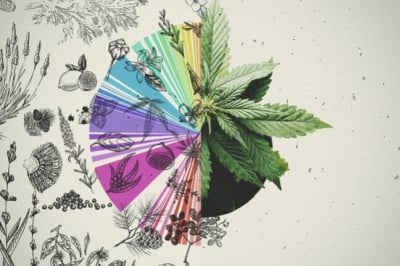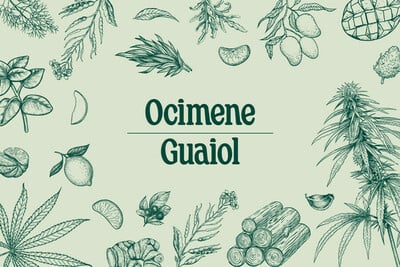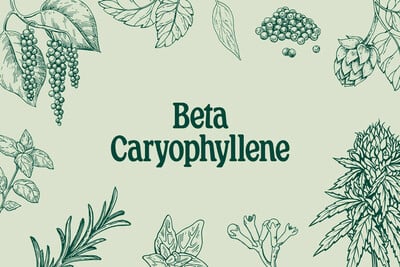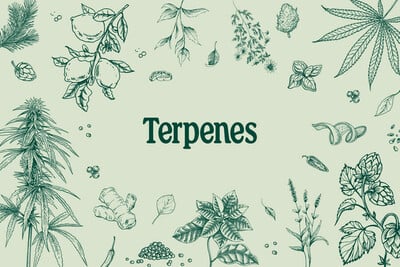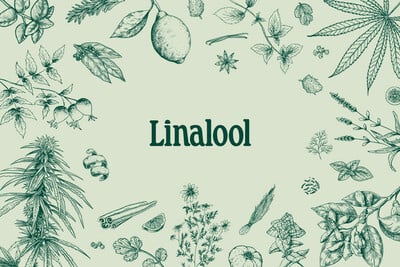.

Are Whole Plant Extracts More Effective Than Single Cannabinoids?
Whole plant—or full spectrum—products contain all the beneficial components found in the cannabis plant. Research shows that naturally complex whole plant extracts are likely more effective than single isolated cannabinoids because they leverage the entourage effect and minimise the bell-shaped curve response.
Contents:
The universe of cannabis derivatives and concentrates keeps expanding, and cannabis science is expanding its knowledge as well. Over the last decades, research has consistently displayed the therapeutic potential of cannabinoids. Along the way, researchers stumbled upon an intriguing realisation that a complex extract of cannabis compounds appears more medicinally effective than a single cannabinoid in isolation. This is where the “whole plant” concept begins.
Fruits and veggies contain a multitude of biochemical compounds in addition to the vitamins and minerals we need to stay healthy. Simply said, the reason it is much better to consume these vitamins via fruit, as opposed to a capsule, for example, is because all these natural elements work together to enhance their individual effects—after all, Mother Nature prepared this nutrient-rich package for a reason! When we need some extra vitamins, there’s nothing wrong with taking supplements, just like there’s nothing wrong with pure THC or CBD. However, it appears that whole plant extracts, whether in the form of fruit juice or CBD oil, are generally more effective.
THE COMPLEXITY OF CANNABIS COMPOUNDS
The cannabis plant contains over 400 chemical compounds including THC, CBD, CBN, and other cannabinoids. Moreover, terpenes, not cannabinoids, are the volatile substances that give flavour to the flower and provide us with some beneficial properties that enhance the medicinal effect of cannabinoids. Plus, flavonoids, fatty acids, proteins, enzymes, and sugars are all present in whole plant matter, eventually playing a role in further enhancing the plant’s medical efficacy.
The research mentioned below, together with other studies and anecdotal accounts, is today challenging the misconception that botanical extracts are less effective and harder to dose than single-molecule cannabinoids, usually produced by Big Pharma. It’s all because of the “entourage effect” and the “bell-shaped curve” effect.
THE ENTOURAGE EFFECT
Cannabis researcher Shimon Ben Shabbat first noticed a potential synergy between cannabinoids and terpenes back in 1998. The likes of Raphael Mechoulam and Ethan Russo helped to develop this idea over time, and the concept of an “entourage effect” between these compounds became more evident. Russo’s famous paper “Taming THC”[1] helped to introduce the entourage effect into mainstream cannabis culture. The review also explored the relationship between cannabinoids themselves. With that in mind, researchers are currently looking into how CBD might help to modulate the effects of THC.
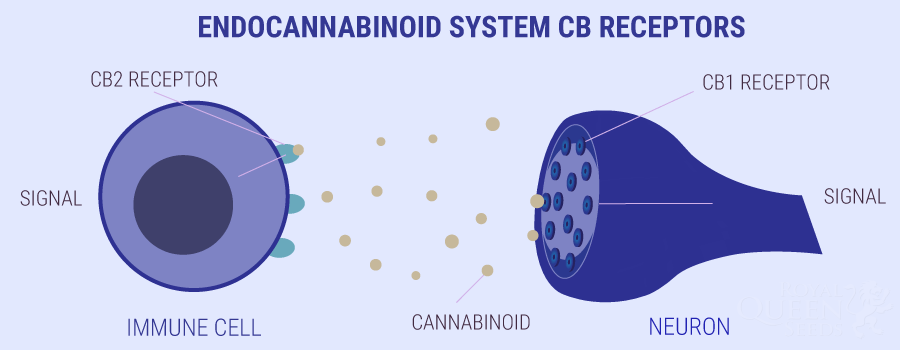
As a result of these findings, researchers started experimenting with different THC:CBD ratios, and with combinations of other cannabinoids. Furthermore, scientists began to realise the pharmacological properties of terpenes and the significant role they play in the entourage effect. In fact, researchers are now striving to address the specific role of terpenes[2] in cannabis preparations. Different cannabis chemotypes have distinct terpene profiles that generate a diverse range of whole plant extracts, resulting in slightly different effects on the body and mind.
Contributing to this field of research is a meta-analysis published in the journal Neuropharmacology[3]. The authors of the paper **analised a collection of observational clinical studies, comparing the efficacy of CBD-rich extracts to purified CBD products in cases of epilepsy, in search of a possible chemical synergy in the former.
The cannabis community was immediately excited by these results, and breeders were among the most receptive, quickly developing new strains with unique cannabinoid and terpene profiles. Because of this, new generations of cannabis genetics often have a richer phytocomplex than their “old-school” grandparents, and they can easily satisfy the needs of both recreational and medical users with today’s manifold forms and consumption methods.
THE BELL-SHAPED CURVE EFFECT
Isolated CBD products centre around potency. Surely, the more CBD a person takes, the more pronounced the effect? While logical, there are nuances surrounding CBD dosing that make this claim dubious.
Cannabis scientists are studying the bell-shaped dose-response curve of the cannabinoid, with some findings showing that moderate doses elicit more of a response than both high and low concentrations of CBD.
Researchers are now testing the potential of CBD-enriched extracts[4] to overcome the bell-shaped dose-response, hypothesising that synergy between numerous components likely gives extracts an edge over isolates in this regard.
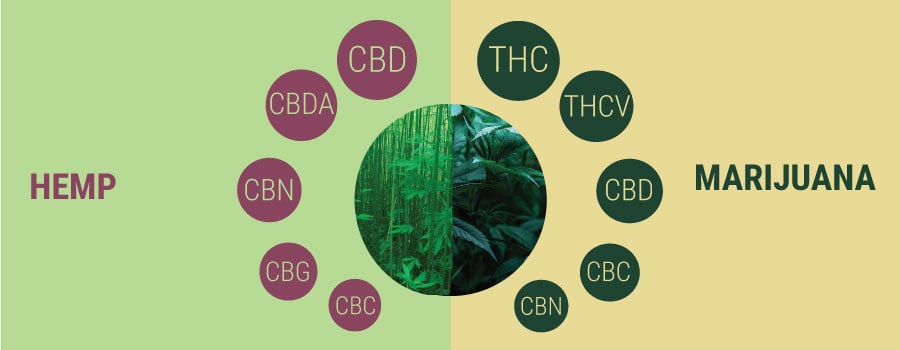
WHOLE IS MORE THAN A SINGLE
Lab, clinical, and anecdotal evidence definitely suggests that a whole plant extract made from cannabis plant matter is more effective in reducing pain, spasms, inflammation, and other conditions typically addressed by cannabinoids. A full extract increases the absorption of active ingredients and is able to address a wider range of conditions by fine-tuning the cannabinoid and terpene profile to the specific individual’s preferences and needs.
The ability of whole plant extracts to overcome the bell-shaped curve, establishing a clear correlation between dosage and anti-inflammatory or painkilling responses, makes them ideal for medical use, as well as further clinical study. This is not to say single-molecule formulations are useless; in places where even trace amounts of THC are illegal, for example, pure cannabinoid isolates like CBD are the only real option for people looking to experience the cannabinoid. Still, as more research develops on the efficacy of whole plant formulations, we are bound to see the world of cannabinoid extracts continue to progress.
- Taming THC: potential cannabis synergy and phytocannabinoid-terpenoid entourage effects https://www.ncbi.nlm.nih.gov
- The Anti-Inflammatory Properties of Terpenoids from Cannabis https://www.ncbi.nlm.nih.gov
- Frontiers | Potential Clinical Benefits of CBD-Rich Cannabis Extracts Over Purified CBD in Treatment-Resistant Epilepsy: Observational Data Meta-analysis | Neurology https://www.frontiersin.org
- Overcoming the Bell-Shaped Dose-Response of Cannabidiol by Using Cannabis Extract Enriched in Cannabidiol https://www.scirp.org






























